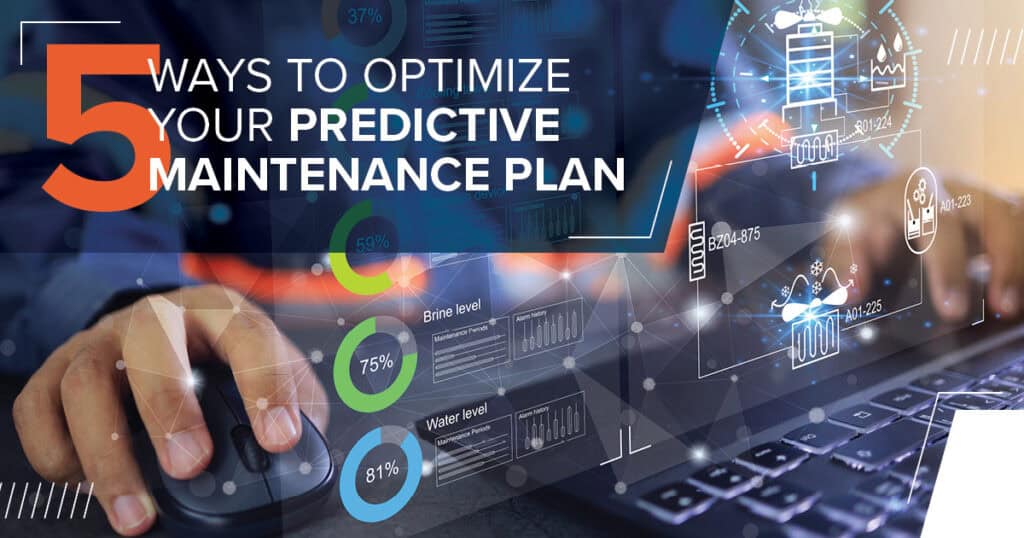Effective pump management is crucial to ensure continuous operation of your pumps. You need to improve equipment efficiency and durability while avoiding unnecessary downtime for maintenance and repairs. Using predictive maintenance technology and optimizing your maintenance plan can mitigate these risks. Here are five key steps you can take to achieve better long-term pump performance:
1. Leverage Condition Monitoring Technology
The foundation of any successful predictive maintenance program lies in the data gathered from condition monitoring technologies. Vibration analysis, infrared thermography, and oil analysis are common tools used to detect early signs of pump failure. By investing in advanced sensors and real-time data monitoring and analysis systems, you can stay ahead of issues like misalignment, bearing wear, seal leaks, or lubrication failures.
The right sensors can provide an early warning of degradation, giving your maintenance team ample time to respond before a pump failure occurs. Cloud-based systems offer enhanced flexibility and can be paired with AI-driven analytics software. You can have more remote access to data to track performance trends and make immediate adjustments as required.
2. Use Data Analytics for Predictive Insights
Once you have collected condition monitoring data, the next step is to apply predictive analytics. Analyzing trends over time can predict when specific pumps are likely to need maintenance. By leveraging both historical and current operating data, you can develop maintenance schedules based on actual performance, rather than relying on predetermined time intervals.
Predictive maintenance integrates machine learning algorithms that learn patterns from equipment behavior to go beyond basic monitoring. For example, a pump may consistently exhibit small variations in vibration before failure. Predictive algorithms and AI analysis tools can alert you to similar patterns in other pumps, which can optimize your response times.
3. Establish a Baseline for Pump Performance
To effectively optimize your maintenance plan, you need a clear understanding of what optimal performance looks like for each pump. This involves establishing a performance baseline for all the pumps in your system. Over time you can compare new data to these baselines to identify deviations that might signal a potential problem.
Establishing these benchmarks ensures you can act on issues before they escalate. This is particularly useful for identifying inefficiencies such as cavitation or insufficient lubrication. These issues might not cause an immediate failure but can significantly reduce a pump’s lifespan or hinder performance if left unchecked.
4. Incorporate Regular Audits and Updates
No predictive maintenance plan should be static. It’s important to conduct regular audits of your sensors and systems to ensure it evolves alongside your equipment and business needs.
Regularly reviewing your pump’s performance data also provides opportunities for fine-tuning. This process can involve identifying patterns that were initially overlooked or adapting to the changing conditions of your operating environment.
5. Train Your Maintenance Team on Predictive Maintenance Technology
Even with the best technology, your predictive maintenance plan can only succeed if your maintenance team has the knowledge to use its full capabilities. Ongoing training is critical to ensure they understand how to interpret data, recognize potential issues early, and properly use monitoring and analysis equipment.
Training sessions should cover both the operational side of pumps and how to use advanced predictive maintenance tools and technology. For instance, vibration analysis can require a certain level of expertise to interpret effectively. Ensuring your team knows how to use these insights will empower them to make informed decisions quickly.
DXP Pacific for Predictive Maintenance Planning
To implement the best predictive maintenance system for your specific application, pump equipment, and budget, contact DXP Pacific. We can find the right solutions for your operation and optimize your pump system—from equipment selection and custom configuration to technology and training.

